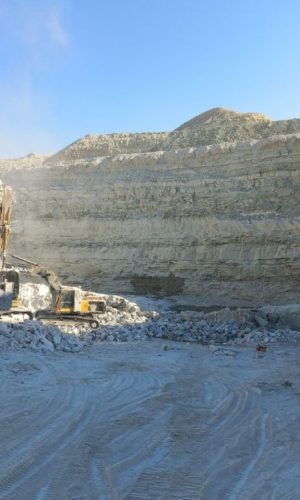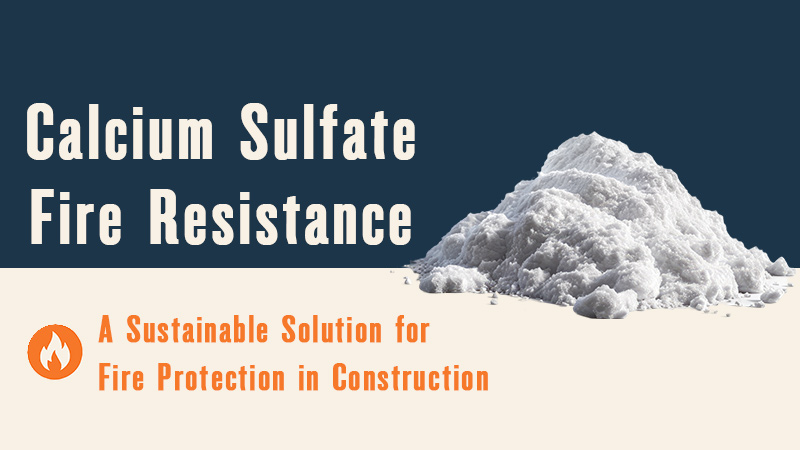
Gypsum is commonly found in many parts of the world. Measuring as wide as six to eight feet in thickness. Gypsum supplies are made up of flattened layers often encompassing limestone and clay stone.
how did gypsum supplies form?
Gypsum supplies were formed millions of years ago when the salty oceans had covered most of the earth’s surface. When the oceans retreated back, they were gradually fringed with land, and afterward marshes came into existence. As the evaporation continued, the water contained in the marshes grew salter and salter. Eventually, the salt deposited, forming orderly disparate compounds including gypsum.
As years passed, these salty layers combined with decayed plants and other minerals. And formed layered rocks consisting of alternately gypsum and limestone. which were altogether covered with abundant layers of ice supplies. Commercially, gypsum is extracted from surface mines, and underground mines that are not too deep into the earth. Rarely does the thickness of the gypsum streaks measure over twenty feet.
Gypsum compounds
Gypsum is a nonmetal mineral that exists in the nature as rocks. With regard to its weight, this mineral comprises 79.1% calcium sulfate and 20.9% water. Chemists consider this mineral to be hydrated calcium sulfate, because made up of one calcium sulfate, and two water molecules. The chemical formula of this mineral is CaSO₄2H₂O.
As for its volume, as nearly as 50% of the mineral structure of gypsum is formed of water. Nonetheless, this water is completely dry and is widely known to be the water of crystallization. You can compare this water with ice, as ice is a kind of water in the form of crystal. but note that there is a significant difference between ice and water of crystallization.
Ice starts to melt and turn into water if exposed to 32 degrees Fahrenheit. As opposed to water of crystallization contained in gypsum that will change only if heated to over 212 degrees Fahrenheit. And it’s at this point that crystallization water transforms into vapor. In the same manner as the water evaporates at 212 degrees Fahrenheit.
Gypsum colors
Pure gypsum is white in color. But it usually incorporates impurities, making gypsum look gray, brown, pink, or even as dark as black.







